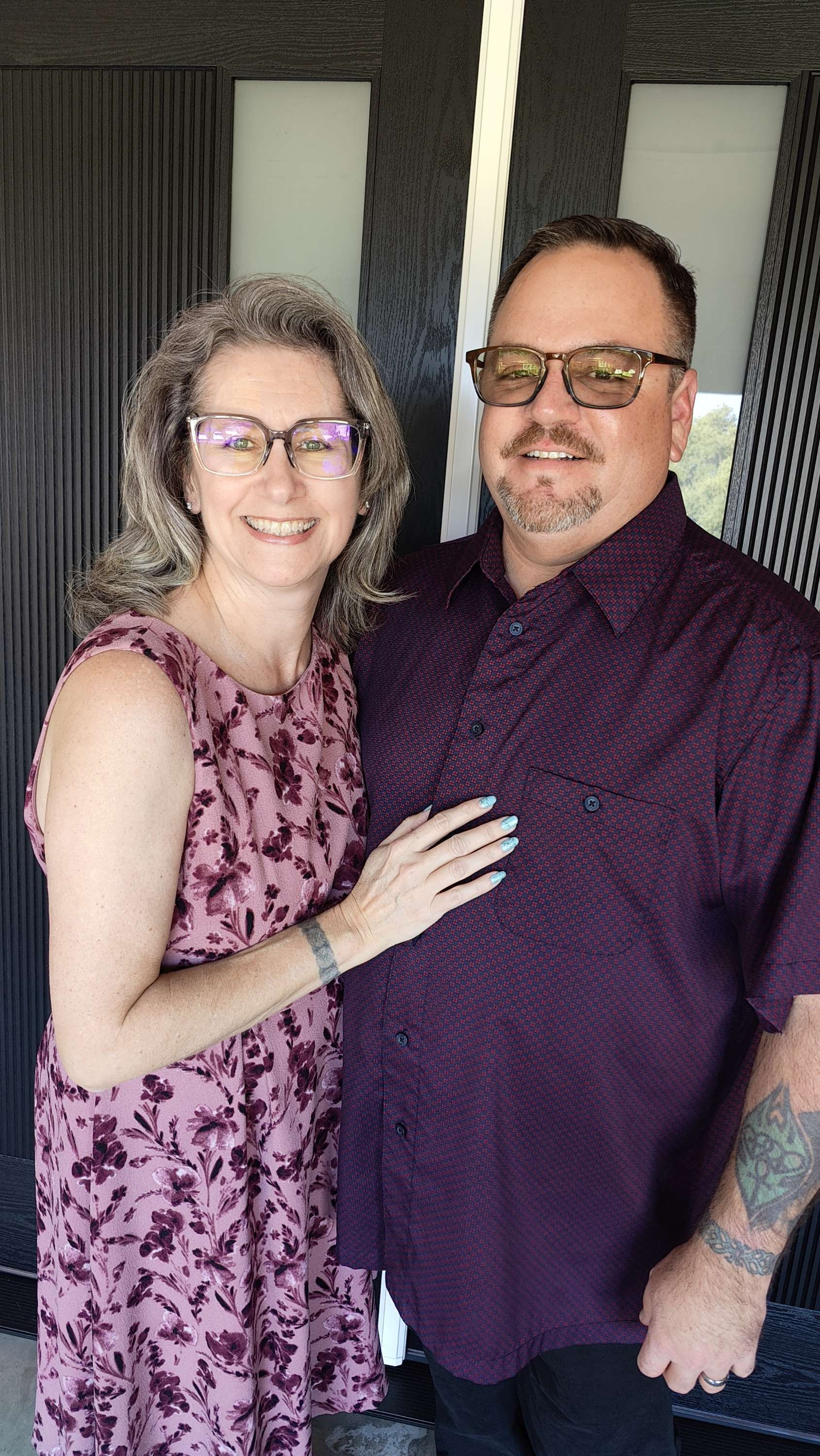Wine Club Newsletter - February 2024
- Teresa Martain
- Feb 1, 2024
- 4 min read
Updated: May 11, 2024
UV Light in the Vineyards

Wine regions that receive higher levels of UV light are finding it comes with unexpected challenges—and benefits.
In the vineyard, UV light can be just as important as temperature. It can have profound effects on the development of flavor, color, and fermentation activity. In certain places, managing this light in the vineyard can be a careful balancing act.
Full spectrum sunlight stretches from long infrared waves through the spectrum visible to the human eye—the ROYGBIV of colors a prism reveals—to the shortest of the bunch, ultraviolet rays. Among the latter, scientists divide things up even further into three bands, UV-A, UV-B, and UV-C; the last is so short that it never penetrates the ozone layer, and our only exposure to it is from welding torches and similar artificial sources. The earth’s atmosphere barely filters UV-A light at all, while the middle band, UV-B, is partially filtered by the ozone layer, water vapor, oxygen, and carbon dioxide.
While infrared light is relatively harmless, UV-A and UV-B light is to blame for wrinkles, sunburn, and skin cancer, and can even damage human DNA. Research suggests that grapevines, in contrast, feel the impact of the shorter, UV-B wavelengths more than UV-A, even though the latter is more prevalent.
At higher latitudes, UV light enters the atmosphere at an angle, and therefore passes through more of the atmosphere before it strikes the earth. That means there’s more opportunity for the atmosphere to filter it out. But at a high-altitude site like Adrianna Vineyard there is less atmosphere between space and the vine, so it forgoes some portion of that protection, and the vine is forced to respond.
“The entire vine is sensing the higher UV light,” says Buscema, “and different tissues react differently. The skins are going to increase the concentration of certain compounds, mostly phenolic compounds, that work as a natural sunblock.” The vines reduce the size of the canopy and the leaves in an effort to control transpiration; water stress actually has similar effects on the vines. The result, according to the Catena Institute, is a one-two punch that concentrates flavors and aromatics, creates complexity, and deepens the color of red wines.
The primary phenolic compounds produced in the berries are called flavonoids. “How flavonoids influence the wine flavor is likely to be primarily through their antioxidant characteristics,” says Brian Jordan, an emeritus professor of plant biotechnology at Lincoln University in New Zealand, “but they may also play a role in mouthfeel.”
“The exposure of the fruit directly to UV-B via leaf removal will have subtle effects on the metabolism and biochemistry right through to severe damage and skin browning,” says Jordan. The same holds true when deciding on row direction and vine density when planting a vineyard; both factors will affect how much of the plant’s leaves and its fruit bunches are exposed to UV-B.
Given the impact of climate change, the Northern Hemisphere may be looking to the work of Jordan and the Catena Institute in the future. Growers in both traditional winegrowing areas like Spain and lesser-known areas like Arizona are exploring higher elevation vineyards as a way to counterbalance heat and climate change. As they do, they’ll need to adapt their vineyard practices.
UV’s New Role: Disease Prevention
Vines are not the only thing in the vineyard reactive to ultraviolet light; powdery mildew and downy mildew are reactive as well, but only when UV light is applied in isolation from other parts of the light spectrum. In isolation, UV light damages the DNA of the mildews, rendering them inactive. But what UV light takes away, the visible light spectrum gives back.
“Blue light can repair the DNA damage that is caused by the UV,” says Kerik Cox, an associate professor of plant pathology at Cornell University. This means exposing the mildew to an artificial source of UV light when there’s no other light source around. “You have to do it at night to give them that chance,” says Cox.” This approach, initially used for sterilizing medical equipment in hospitals, was originally developed for agricultural use in greenhouses in the Netherlands, but has been adapted for strawberry fields, apple orchards, and vineyards.
“You build an array such that it has all these reflective surfaces,” says Cox. “It effectively makes a cloud of bouncing UV light particles. That way it gets under the leaves, and above them. Grapevines are a little less resistant than apples and strawberries, so we had to switch to UV-C, which is a little better and a little less penetrative.”
These robotic arrays arch over the vines and slowly make their way down each row to make sure any potential mildew areas are adequately exposed to the UV-C light. They have been tested in New York and Oregon, with good results. Willamette Valley Vineyards is the first commercial operation to put them to use.
It’s an entirely sustainable and organic process, leaving no residue or the copper and sulfur accumulations of traditional sprays, instead shedding new light on how to control two of the most troublesome diseases in the vineyard.
Vines, mildews, and human beings all have their own reactions to too much UV light. By better understanding these reactions, winegrowers are better able to adapt their vineyard management practices to balance the effects of UV light. Equally important, these insights are allowing winemakers to use UV light to their advantage, making wines that are deep, concentrated, and complex—and, potentially, disease free.
Cheers!
Gary Parker, Owner
The WineSellar & Brasserie





Comments